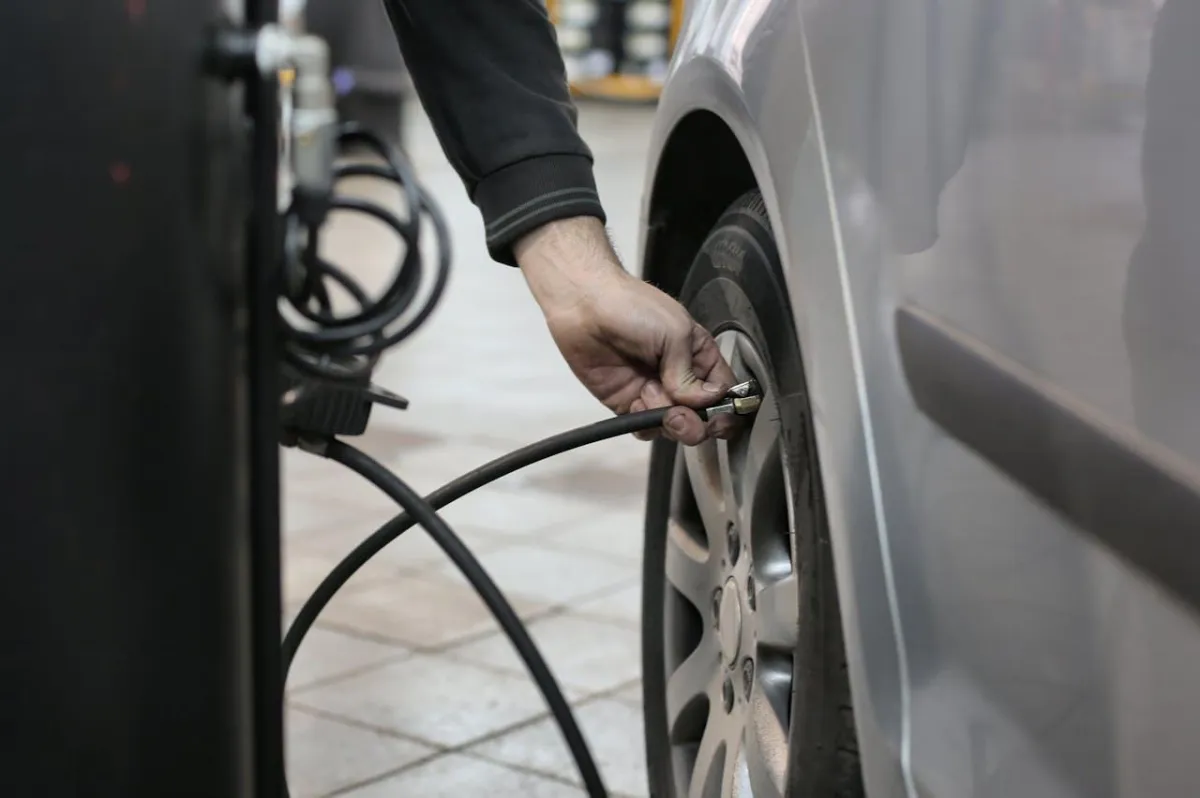
Best Practices For Car Safety Inspections Before Long Journeys
Setting out on a long journey can be an exciting prospect, but making sure your vehicle is ready is equally crucial. Performing a thorough car safety inspection before you hit the road ensures your safety and that of your passengers. Taking some time for a few essential checks can give you peace of mind and help avoid unexpected hiccups on your trip.
Without proper inspections, you might face common issues such as brake failures, flat tyres, or engine troubles which can turn your adventure into a distressing experience. Imagine planning a day at the beach but ending up stranded with a car that won’t budge. A few simple checks before your journey can keep that scenario at bay and make sure your trip unfolds just as planned.
Planning Your Car Safety Inspection
When considering a long drive, planning a car safety inspection is a necessary step. This proactive approach can keep issues at bay and save you from roadside woes.
Here are key areas to focus on:
- Brakes: Make sure they're responsive and brake pads aren't worn out.
- Tyres: Keep an eye on tyre inflation, tread depth, and overall condition.
- Fluids: Verify that coolant, oil, and brake fluids are topped up.
- Lights: Ensure all headlights, indicators, and brake lights are working.
Planning these checks can bring an understanding of your car's condition, ensuring it's fit for a long journey. Allocate some time and perhaps create a checklist. This can help you methodically cover each vital component without skipping a step.
By carefully planning your inspection, you'll set the stage for a smoother and less stressful journey. Whether it's ticking off tyre checks or confirming that the lights work, every little check contributes to a safe and enjoyable expedition.
Essential Components to Check
Ensuring your car is in top shape involves looking at some key parts. These checks can save you from unwanted surprises. Let’s run through the main areas that deserve your attention.
- Brakes: Always start your inspection by checking the brakes. Make sure they're responsive and listen for any unusual noises that might indicate wear. A well-functioning braking system is your first line of defense.
- Tyres: Tyres need careful attention, as they're your contact with the road. Check for proper inflation using a pressure gauge and look for any signs of wear or damage. Adequate tread depth needs checking too; there are handy gauges for this task.
- Fluids: Vital fluids like oil, coolant, and brake fluid ensure everything runs smoothly. Look under the bonnet and top up these fluids if they seem low. Checking these fluid levels is quick, yet essential for preventing overheating or failures.
- Lights: Finally, confirm all lights are working correctly. This means checking headlights, tail lights, and indicators. Make sure they’re clean and bright so other drivers can see you clearly, especially at night or in bad weather.
Taking care of these components keeps your vehicle prepared for long distances, providing both security and confidence.
How to Perform a Basic Car Safety Inspection
A basic car inspection isn’t difficult, and these steps can guide you along:
1. Brakes: Start by pressing down on the brake pedal to check its firmness. Listen for any squeaks or grinding. If you notice any discomfort in the pedal or odd sounds, address these concerns promptly.
2. Tyres: Use a pressure gauge to check each tyre’s pressure and adjust it according to your car’s manual. Look for cuts or bald patches which might indicate it's time for replacement. A coin can be a simple tool for checking tyre tread depth.
3. Fluids: With the car parked on level ground, open the bonnet and locate the dipstick to check the engine oil. Ensure coolant and brake fluid levels are within the recommended range. If they're low, refill them to the right amount.
4. Lights: Turn on your car lights and walk around the vehicle, verifying each light is functioning. Replace any blown bulbs to maintain visibility and comply with road safety laws.
Performing these checks regularly will not only save time and potential distress but could prevent more costly repairs down the line.
Benefits of Professional Car Safety Inspections
While you can do many checks on your own, professional car safety inspections have their own merits. Specialists possess the expertise to spot issues you might overlook. They use advanced diagnostic tools to ensure all components, including the complicated ones, get a thorough review.
Professional inspections bring a level of confidence you can rely on, especially for long journeys. Mechanics can provide detailed reports on your car’s health, offering suggestions for proactive maintenance. This attention to detail from professionals can save you time and bother in the future.
Ready for Your Long Journey
As you wrap up your checks, it's good to reflect on the benefits. A well-maintained car doesn't just mean fewer stops on your journey, but creates a safer environment for everyone on the road. Regular safety inspections help minimise risks and avoid unexpected issues when least expected.
Preparation transforms what could be a stressful task into a routine that's straightforward and manageable. Remember, each safety check, no matter how small, contributes significantly to your car's overall health. With your inspection complete, you can embark on your journey with confidence, knowing you've done all you can to ensure a smooth trip.
As you prepare for your long journey, prioritise your car's safety to ensure a worry-free trip. Trust the experts at Langlands Road Garage for a thorough car safety inspection. Our team can identify and address any hidden issues, providing you with confidence on the road. Contact us today to learn more about how we can keep your vehicle in top condition.